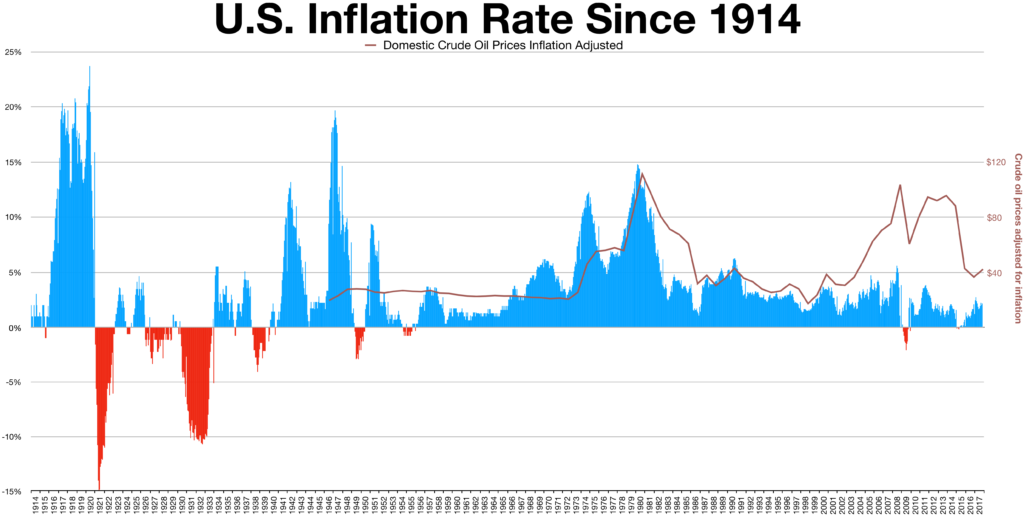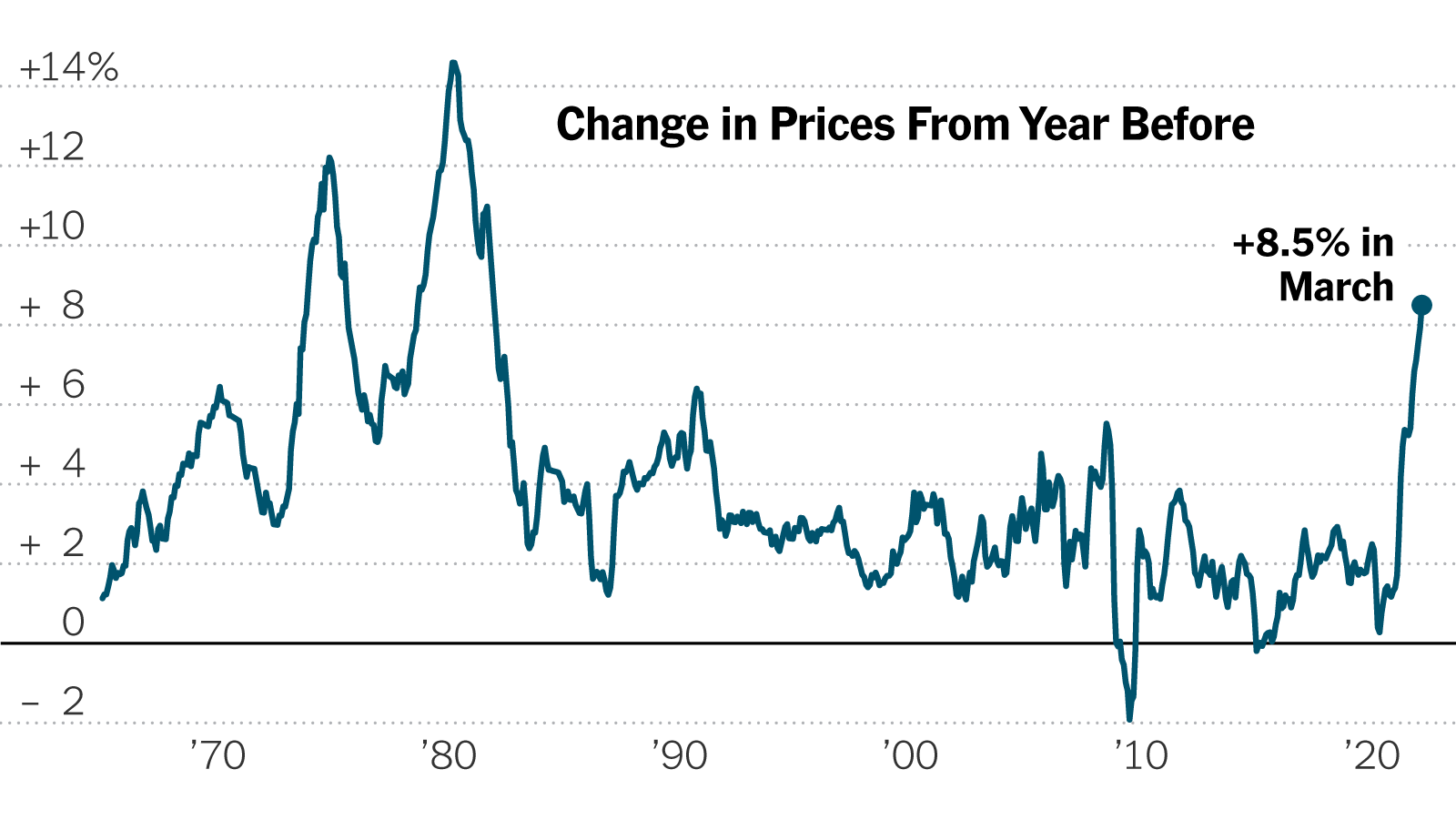Historical CPI Data: Insights into Economic Trends :- In the realm of economics, the Consumer Price Index (CPI) serves as a pivotal metric, providing insights into the fluctuations in prices of goods and services consumed by households. This article aims to delve into the significance and implications of historical CPI data, unraveling its multifaceted role in economic analysis and decision-making.

Understanding Historical CPI Data
Historical CPI data holds immense value in comprehending economic shifts and trends over time. Its significance lies in offering a retrospective view of price changes, aiding in understanding inflation, cost-of-living adjustments, and economic stability. Sources of this data vary, ranging from governmental agencies to independent research organizations, ensuring a broad spectrum of information. However, ensuring the reliability and accuracy of these sources is crucial in drawing precise conclusions.
Factors Influencing CPI
The CPI is influenced by a myriad of economic variables. Fluctuations in consumer spending habits, changes in supply chains, and alterations in production costs significantly impact CPI trends. Understanding these influencing factors is imperative for deciphering the underlying dynamics of the economy.
The Role of CPI in Economic Analysis
The CPI’s correlation with inflation rates is a cornerstone of economic analysis. It serves as a barometer for policymakers and financial markets, guiding decisions on interest rates, government spending, and investment strategies. Tracking CPI trends aids in predicting economic shifts, contributing to informed decision-making.
Historical Trends in CPI
Over the years, historical CPI data has exhibited intriguing patterns and fluctuations. Periods of economic booms, recessions, and stagflation have left discernible marks on CPI graphs. Unraveling these trends unveils invaluable insights into the economy’s resilience and vulnerabilities.
Challenges in Interpreting CPI Data
Despite its significance, interpreting CPI data comes with challenges. Biases in data collection methods, the exclusion of certain items, and the evolving consumer landscape contribute to limitations in CPI’s accuracy. Acknowledging these constraints is vital in drawing nuanced conclusions.
CPI’s Impact on Everyday Life
The CPI directly affects consumers’ purchasing power and budgeting decisions. An increase in CPI often translates to higher prices for goods and services, influencing household budgets and lifestyle choices.
CPI and Investment Decision-making
Investors closely monitor CPI trends to devise resilient investment strategies. Understanding how inflation affects different sectors helps in crafting portfolios resilient to economic fluctuations.
Global Perspective on CPI
Comparing CPI data across countries unveils disparities and similarities in economic performance. Understanding these global variations provides a broader context for economic analysis.
CPI Forecasts and Predictive Analysis
Forecasting CPI involves intricate methodologies that blend historical data and economic indicators. However, the reliability of such forecasts remains a subject of debate among economists.
CPI’s Role in Monetary Policy
Central banks often base their decisions on interest rates and money supply on CPI trends. The CPI serves as a crucial metric in shaping monetary policies, aiming to maintain economic stability.
Critiques and Debates Surrounding CPI
Despite its prominence, the CPI faces criticisms. Alternative indices have emerged, challenging its relevance and accuracy, sparking debates within the economic community.
Future of CPI Measurement
Advancements in technology and evolving methodologies signal a transformative phase in CPI measurement. Innovations in data collection and analysis promise more accurate and comprehensive insights into economic trends.
Conclusion
In conclusion, historical CPI data stands as a cornerstone in economic analysis, offering profound insights into economic trends, consumer behavior, and policy implications. Its multifaceted role in shaping decision-making processes underscores its enduring significance in the ever-evolving economic landscape.
Unique FAQs
- Why is CPI important for the average consumer?
- Understanding CPI aids in gauging the impact of price changes on purchasing power.
- How does CPI influence government policies?
- CPI trends inform policies related to inflation, interest rates, and social welfare programs.
- Can CPI accurately represent cost-of-living changes for everyone?
- CPI may not reflect the individual experiences due to variations in spending patterns.
- Are there any alternatives to CPI for measuring inflation?
- Yes, indices like the Personal Consumption Expenditures Price Index offer alternative perspectives.
- What role does CPI play in international economics?
- CPI comparisons between nations help in understanding economic disparities and similarities.




